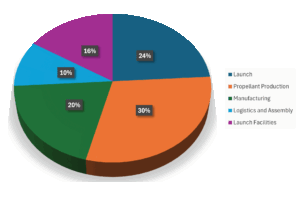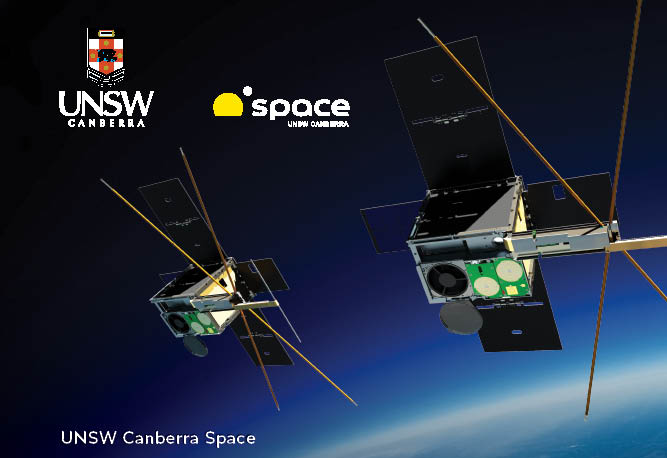Environmental impact is a major concern in aviation. Should we have the same concern for space travel? Continued growth of the space sector raises the question of its impact on the environment, especially the Global Warming Potential (GWP). GWP, as defined by the Intergovernmental Panel on Climate Change (IPCC), expresses radiative forcing of a given gas compared to the same amount of CO2 over a given period. For example, GWP for nitrous oxide over 100 years is 310.
While the impact of commercial aviation on GWP has been studied extensively, our understanding of the impact due to space travel is still limited. RMIT University and ISAE-SUPAERO in France have initiated a joint project to investigate the impact of access to space on GWP. This study shows that the actual launch event is not the major contributor as may be assumed based on the exhaust gasses deposited in the atmosphere at different altitudes.
When considering GWP, it is important to consider all steps in the process, not just the operational event. For example, for electric cars or aircraft, we must also consider the impact of electric energy production and vehicle manufacture. Life Cycle Assessment (LCA) is a standardized method to evaluate the environmental consequences of a product or activity across its entire life “well-to-wake”.
The methodology developed analyses the environmental impact based on LCA and Multidisciplinary Design Analysis and Optimization (MDAO). MDAO is a field of engineering that aims to model and optimise complex systems incorporating different disciplines whose couplings and modelling are critical for the overall design. Currently, environmental impact not often included in MDAO studies.
The MDAO model Launcher Analysis and Sizing Tool (LAST), a tool based on the open-source library OpenMDAO, was used with some modules derived from the Framework for Evolutive Launcher Optimization (FELIN), developed at ONERA. The LCA is based on the Strathclyde Space Systems Database (SSSD), an environmental database built for space activities, and is itself based on Ecoinvent and International Life Cycle Data (ILCD) system inventories.
The results show that the GWP impact of the actual launch event is “only” about 24%, with the balance coming from launch vehicle manufacturing (20%), logistics and assembly (10%), build and operation of launch facilities (16%), and propellant production, especially liquid oxygen, at 30%. This study highlights the importance of considering the entire life cycle of a launch process in terms of GWP impact. It also shows the phases in the life cycle were efficiency improvements have the maximum GWP benefit. Future work can expand the MDAO capability to include other environmental effects, including generation of orbital debris.
This project was supported by the Chair for Advanced Space Concepts (SaCLaB), resulting from the partnership between Airbus Defence and Space, Ariane Group and ISAE-SUPAERO, and under the auspices of the RMIT Space Industry Hub. Established in 2022, the hub serves as a liaison with government, industry and academia on space technology related matters, including the Victorian Node of the SmartSat CRC.
Main image The pollution caused by rocket launches – BBC Future. Korean Aerospace Research Institute via AP














